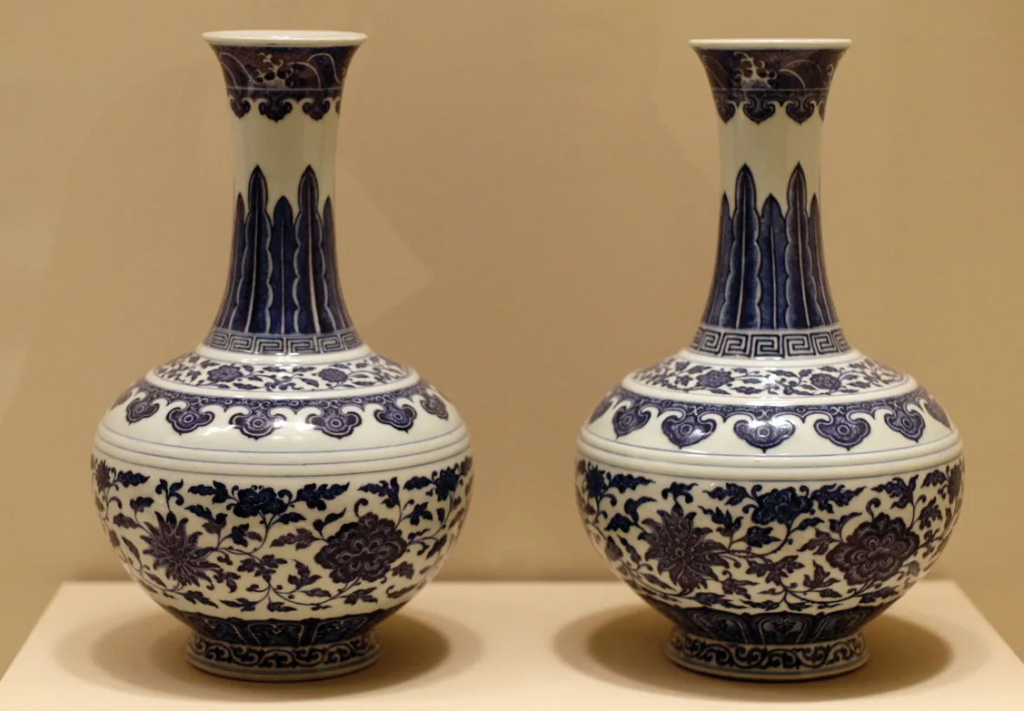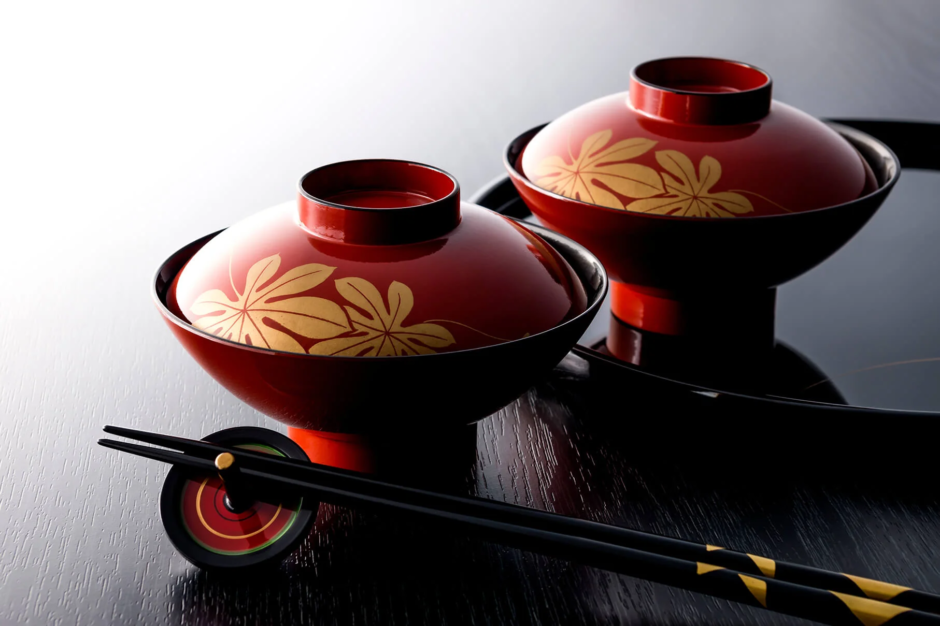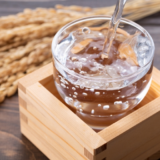Japanese traditional crafts are a remarkable fusion of exquisite technique and artistry, shaped by a rich cultural heritage and centuries of history. These crafts reflect the unique skills and designs passed down in various regions of Japan, captivating visitors from abroad with their intricate beauty. This article explores how engaging with traditional Japanese crafts can provide deeper insights into the country’s culture. We will introduce different crafts from across Japan, recommend places to experience them, and discuss the best ways for foreign travelers to immerse themselves in these traditions.
What are Traditional Japanese Crafts?

Traditional Japanese crafts have been handed down through generations, preserving ancient techniques and designs. These items are crafted by hand, offering a warmth and uniqueness that massproduced products cannot replicate. Rooted in Japan’s history, nature, and regional characteristics, traditional crafts serve both practical and aesthetic purposes, offering beauty and value to those who use them.
Major Traditional Japanese Crafts
1. Porcelain and Pottery

Aritayaki: Produced in Arita Town, Saga Prefecture, Aritayaki porcelain is renowned worldwide. Characterized by its pure white and bluewhite designs, the creation of Aritayaki requires a complex process involving clay molding, firing, and intricate painting—each step requiring highlevel skill.
Kutaniyaki: Originating from Ishikawa Prefecture, Kutaniyaki porcelain is known for its vivid colors and elaborate patterns. The crafting process involves painting with various glazes, resulting in colorful, decorative items often used as tableware or ornaments.
2. Textiles

Nishijinori: Nishijinori textiles, woven in Kyoto’s Nishijin district, are luxurious fabrics used for kimono and obi sashes. Known for their intricate patterns and vibrant colors, creating Nishijinori requires meticulous techniques passed down through generations of craftsmen.
Tsumugi: A traditional silk textile mainly produced in Nagano and Niigata Prefectures, Tsumugi is appreciated for its distinctive texture and warm tones. It is often used in kimonos and accessories, prized for its softness and flexibility.
3. Lacquerware

Wajimanuri: Wajimanuri from Wajima City in Ishikawa Prefecture is a highend lacquerware known for its durability and glossy finish. The crafting process involves multiple layers of lacquer application, and often, intricate carvings and decorations that demand exceptional craftsmanship.
Aizunuri: Produced in Aizu, Fukushima Prefecture, Aizunuri lacquerware features vibrant colors and detailed ornamentation. Known for its durability, Aizunuri is popular for daily use and remains a beloved craft in Japan.
4. Woodcrafts

Kumikozukuri: This delicate woodworking technique, originating in Kyoto and Tokyo, creates beautiful geometric patterns by intricately assembling small wooden pieces. Kumikozukuri is a popular craft used in traditional Japanese room decorations.
Tsugarunuri: A form of lacquerware from the Tsugaru region of Aomori Prefecture, Tsugarunuri is prized for its strength and stunning finish. Often used in furniture and decorative items, it combines durability with visual elegance.
5. Metal Crafts

Kyoyaki: Known for its precision, Kyoyaki is a metal craft produced in Kyoto, where traditional designs meet modern techniques to create exquisite metalworks and decorative items.
Nabeshimayaki: Known for its intricate metal decoration, Nabeshimayaki porcelain exemplifies traditional techniques that continue to thrive in modern times, creating luxurious items that demand both artistic flair and technical skill.
Recommended Traditional Craft Experiences for Foreigners
Engaging in traditional Japanese craft experiences allows participants to better understand the culture’s depth and beauty. Here are some recommended handson experiences where foreign visitors can immerse themselves in Japan’s traditional craftsmanship:
1. Pottery Making Experience (Aritayaki, Kutaniyaki)
What to Expect: Participants learn how to shape clay, fire, and paint their own pottery. From forming the clay to applying intricate designs, this experience offers a handson introduction to the highly skilled processes behind Japanese pottery.
2. Nishijinori Weaving Experience
What to Expect: Visitors can try their hand at weaving traditional fabrics using complex patterns and vibrant colors. The experience includes using a loom to create an obi or accessory, giving a deep appreciation for the craftsmanship involved in Nishijinori textiles.
3. Lacquerware Crafting Experience (Wajimanuri, Aizunuri)
What to Expect: Participants can decorate lacquerware items and learn about the multilayered application process. Crafting a personal item offers a unique glimpse into the beauty of this ancient art form.
4. Tsumugi Weaving Experience
What to Expect: Experience the traditional art of silk weaving by creating your own Tsumugi fabric. Visitors can learn about the careful selection of colors and techniques used to produce these luxurious textiles.
5. Kumikozukuri Woodcraft Experience
What to Expect: Participants will craft beautiful geometric designs by cutting and assembling small pieces of wood, offering a rewarding insight into the precision and artistry of traditional woodcraft.
6. Woodcrafting Experience (Tsugarunuri, Kyoyaki)
What to Expect: Learn how to work with wood to create functional and decorative items, mastering techniques like carving and finishing to produce a personal masterpiece.
7. Metal Crafting Experience
What to Expect: Participants will work with metal to create unique decorative items or everyday objects. This handson experience provides an opportunity to explore traditional metalworking techniques while creating something truly oneofakind.
Important Considerations for Traditional Craft Experiences
1. Advance Booking: Popular experiences often require reservations. It’s recommended to book in advance, especially during peak seasons and holidays.
2. Appropriate Attire: Craft experiences may require specific clothing or tools. For instance, wearing an apron or old clothes is advised for pottery and lacquerware making, as these activities can get messy.
3. Time Commitment: Many craft experiences require several hours to complete. Pottery and woodcraft, for instance, may take longer due to the detailed processes involved.
4. Language Support: Many craft experiences provide explanations in English, but it’s always best to confirm language availability in advance. Consider bringing a translation app or arranging for an interpreter if necessary.
5. Respect Local Culture and Manners: Respecting local customs and manners is key when participating in traditional Japanese craft experiences. Show appreciation for the artisans and their work, and be mindful of proper etiquette throughout the experience.
6. TakeHome and Shipping Options: Many workshops offer options to take your completed works home or have them shipped. Be mindful of fragile items like lacquerware and pottery and inquire about proper packaging and shipping options.
Conclusion
Traditional Japanese crafts captivate people around the world with their intricate beauty and skilled techniques. For foreign visitors, participating in these craft experiences offers a deeper understanding of Japan’s culture and history. Whether it’s pottery, textiles, lacquerware, woodcraft, or metal crafts, each experience provides a unique opportunity to connect with Japan’s traditional artistry. Visitors can create their own original works, appreciating the depth of Japanese craftsmanship firsthand.
By incorporating traditional craft experiences into your travels, you not only gain a richer appreciation of Japanese culture but also leave with lasting memories and personal creations that embody the spirit of Japan.

 Handn blog
Handn blog 

